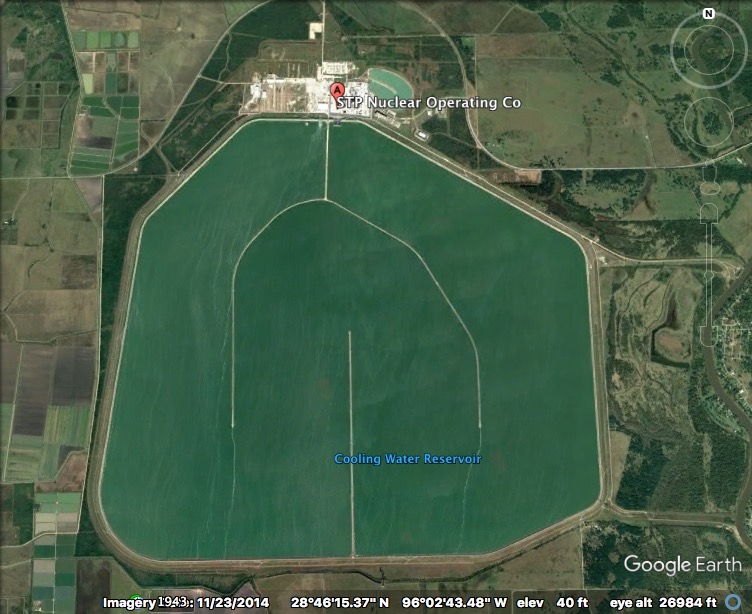David Lochbaum, Director of the Nuclear Safety Project at Union of Concerned Scientists (UCS) communicated the following to Beyond Nuclear:
"The NRC has been withholding from the public all emergency plans submitted by owners since October 2004, apparently part of the agency's transparency thingy.
So, I FOIA'ed all the emergency plans submitted by owners since October 2004, as part of our transparency thingy.
Attached are three pages from the latest version of Palisades' emergency plan (full plan available - now - in ADAMS at http://pbadupws.nrc.gov/docs/ML1430/ML14301A176.pdf)
It shows the minimum staffing levels and augmentation plans for Palisades in event of an accident.
Excluding security guards, the minimum staffing level is 14.
That massive force, larger than the offensive team on an NFL football squad, is supposed to be augmented by 11 more persons within 30 minutes and another 15 persons within another half hour.
So, within 60 minutes of an accident, a whooping "army" of 40 persons (excluding security guards who, having both guns and cars, might actually be physically excluded) to handle the accident.
That's fewer persons than in a high school band or NFL football team.
Much was made during the Fukushima accident about TEPCO dropping the onsite staffing level to "only" 50 - or two basketball teams more than Palisades staffs "up" to.
But there's a silver lining, or glass half full.
40 persons, unless they really work at it, will make fewer mistakes than 200 people. True, they don't be able to do nearly as much work as 200 people, but way less work means way less errors of commission. (Errors of omission hurt, but aren't counted here.)
And here's the other half of that there glass.
The 40 persons are not mere mortals. They must be super heroes, or better.
Take a gander at page two under the "Repairs and Corrective Actions" task. There is one (1) person performing Mechanical Maintenance repairs, aided by a second super hero within an hour.
Two people doing mechanical maintenance repairs following an accident.
They have to be super heroes. Routine tasks during the week take dozens of mechanical maintenance workers. But during an accident, workers must become super workers.
Look at the electrical maintenance repairs. They have 50 percent more staff -- three super workers instead of only two.
Remind me to someday get the autographs of these super workers.
During the week, non-super workers need clerks to find and fetch parts from the warehouse and obtain copies of appropriate work procedures. But during an accident, super workers can do their tasks as well as tasks of the warehouse clerks and document control room staff.
And these super workers will save the day in event of an accident.
Unless an accident occurs to reveal 40 humans.
Thanks,
Dave Lochbaum
UCS".





 April 25, 2020
April 25, 2020
